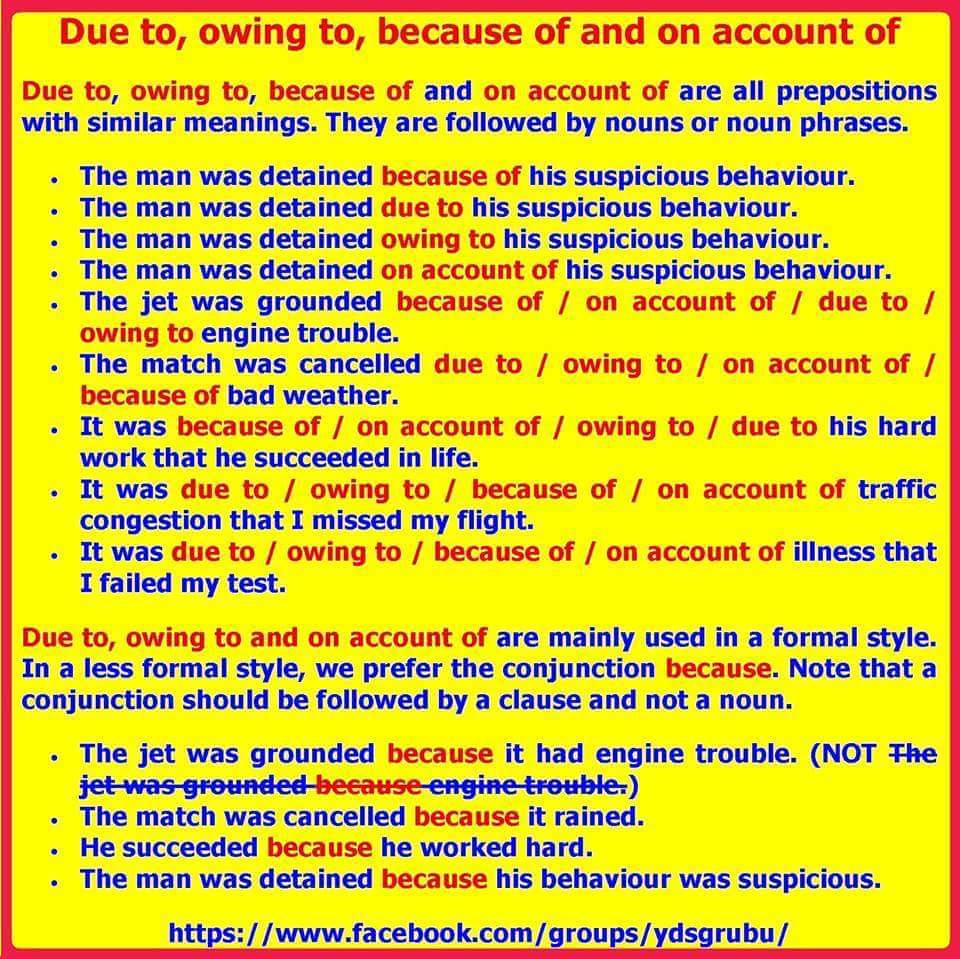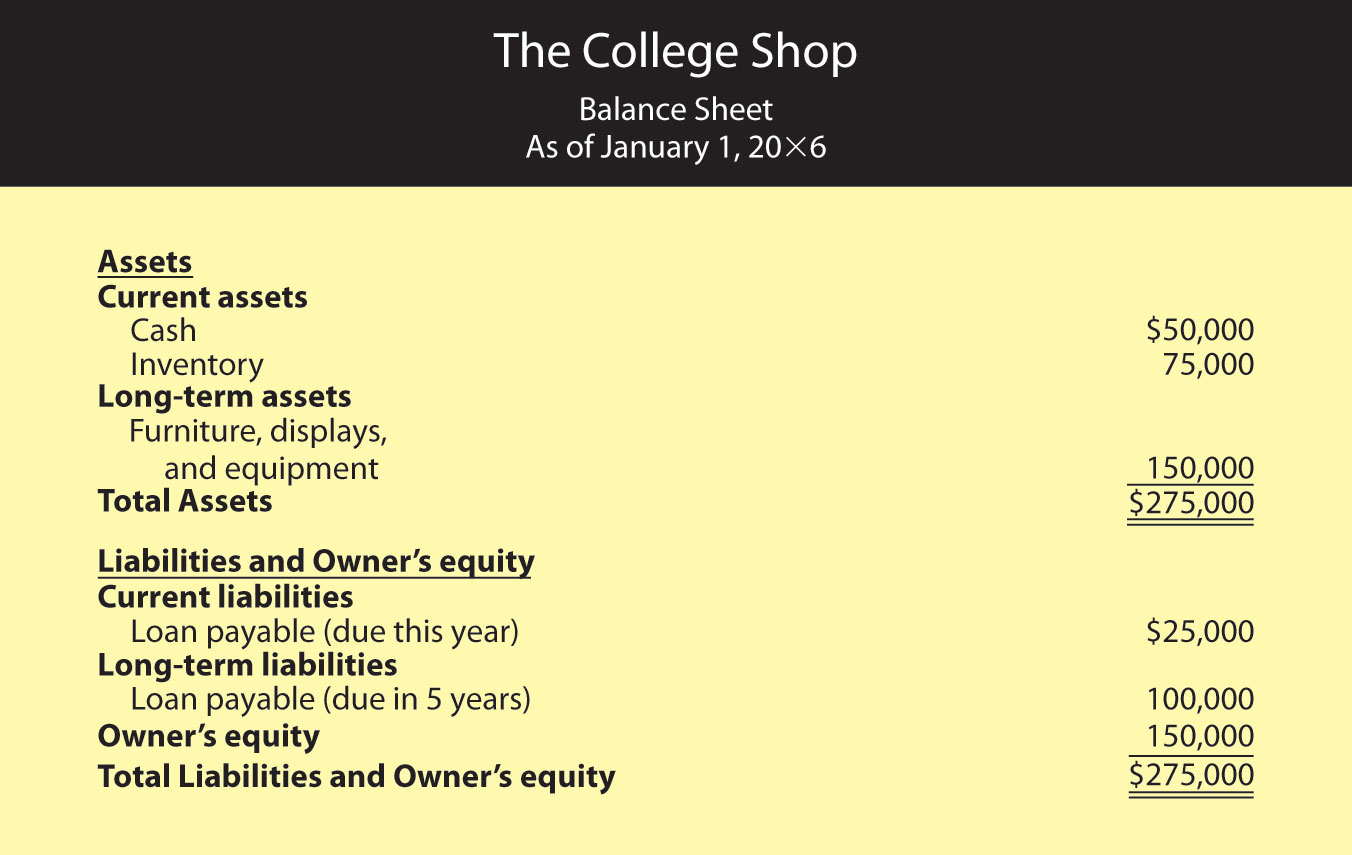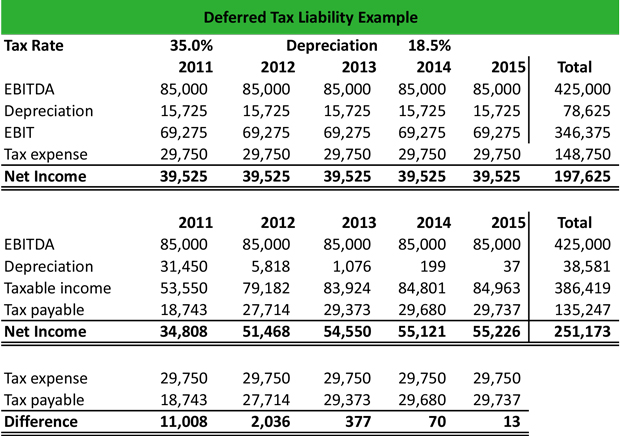
If they don’t, double-check because you’ve probably made a mistake.ĭoes it all still sound a bit confusing? Don’t worry! We’ve made a cheat sheet so you can easily remember. At the end of the journal entry, the credit and debit balance should be equal to each other.It increases assets and expenses when debited. A debit, on the other hand, is always on the left side of a journal entry.It increases the owner's equity, liabilities, and revenue when credited. A credit is always on the right side of a journal entry.

In brief: debit is money that flows into an account, whereas credit is money that flows out of an account. They are just words that show the double-sided nature of financial transactions. And no, they’re not the same as adding or subtracting. This is where the concepts of debit and credit come to play.įirst, let’s get some common misconceptions out of the way.ĭebit and credit are neither good nor bad. If it goes into one account, it has to get out of another. So in simple terms, in the business world, money doesn’t simply appear or disappear. The cash account, which decreases since you’re paying, and the equipment account, which increases from buying the product. Money in exchange for a product, right? In accounting language, this is a transaction that simultaneously affects two accounts. To understand the concept, think about any purchase you’ve ever made. This is known in accounting as double-entry bookkeeping.ĭouble-entry bookkeeping isn’t as complicated as it might sound. What Is Double-Entry Bookkeeping?Īs we said above, in every transaction, at least two accounts will change, where one is debited and the other one credited. Auditors use financial reports to analyze how transactions are impacting the business. The income statement, cash flow, balance sheet, all of them are based on the initial recordings of journal entries. So you’ll eventually need them to prepare other financial statements. Secondly, journal entries are the first step in the recording process. This way they can easily find information and keep an eye out for any possible accounting errors.

Accountants record data chronologically based on a specific format.

Well, for starters, maintaining organized records of your transactions helps keep your company information organized. What this means is that for every recorded transaction, two accounts are affected - and as a result, there is always a debit entry and a credit entry.īefore diving into the nits and grits of double-entry bookkeeping and writing journal entries, you should understand why journal entries are so important for a business. The main thing you need to know about journal entries in accounting is that they all follow the double-accounting method. Journal entries are the very first step in the accounting cycle.

These transactions all get recorded in the company book, called the general journal. Journal entries are records of financial transactions flowing in and out of your business.
DUE TO DUE FROM COMBINED LIABILITY ACCOUNT EXAMPLE HOW TO
How to Use Accounting Software to Document Your Journal Entries.What Are the Different Types of Journal Entries?.Want to learn how to correctly write journal entries for your business? You’ve come to the right place! Journal entries help transform business transactions into useful data. Creating a journal entry is the process of recording and tracking any transaction that your business conducts.


 0 kommentar(er)
0 kommentar(er)
